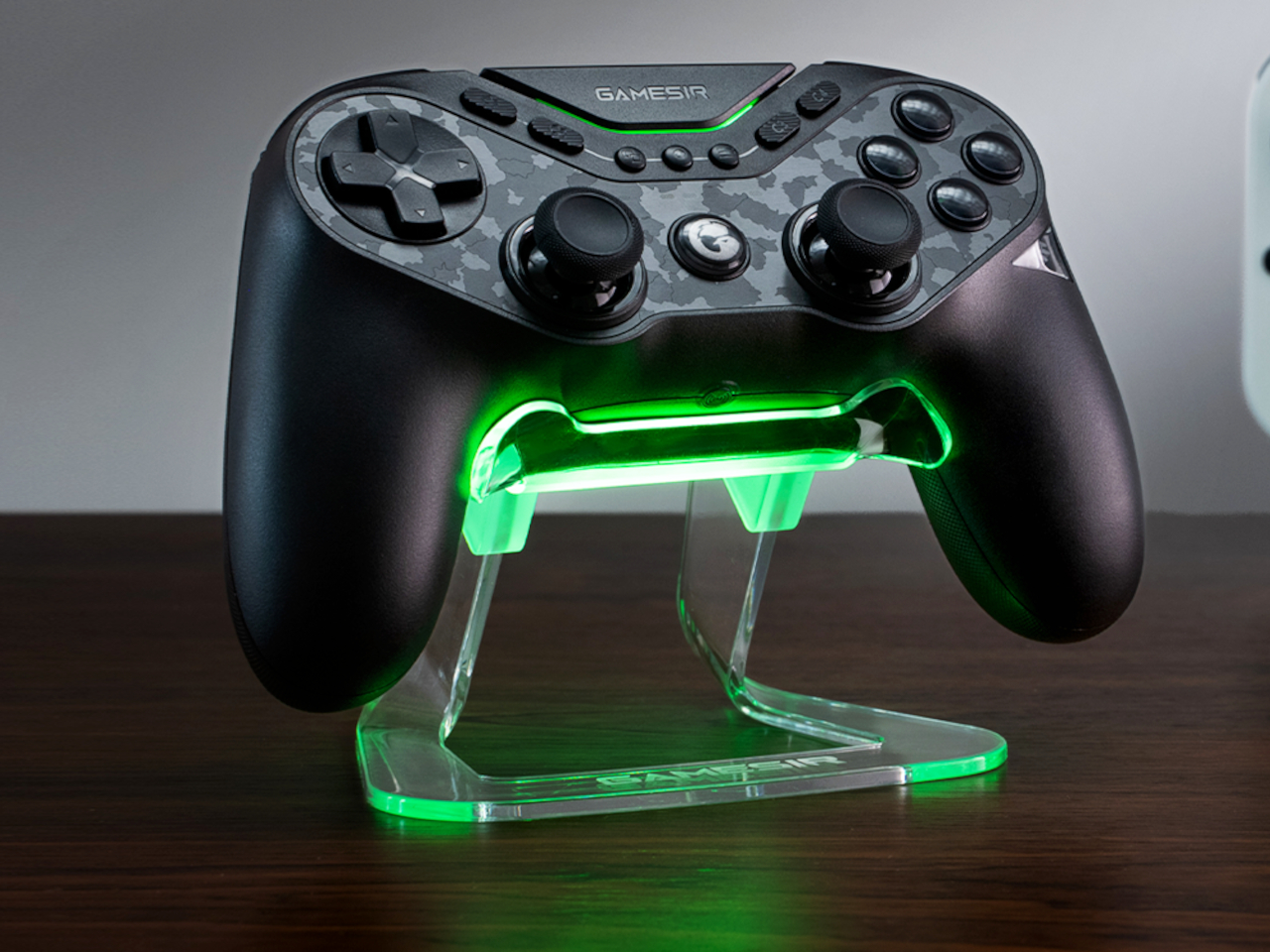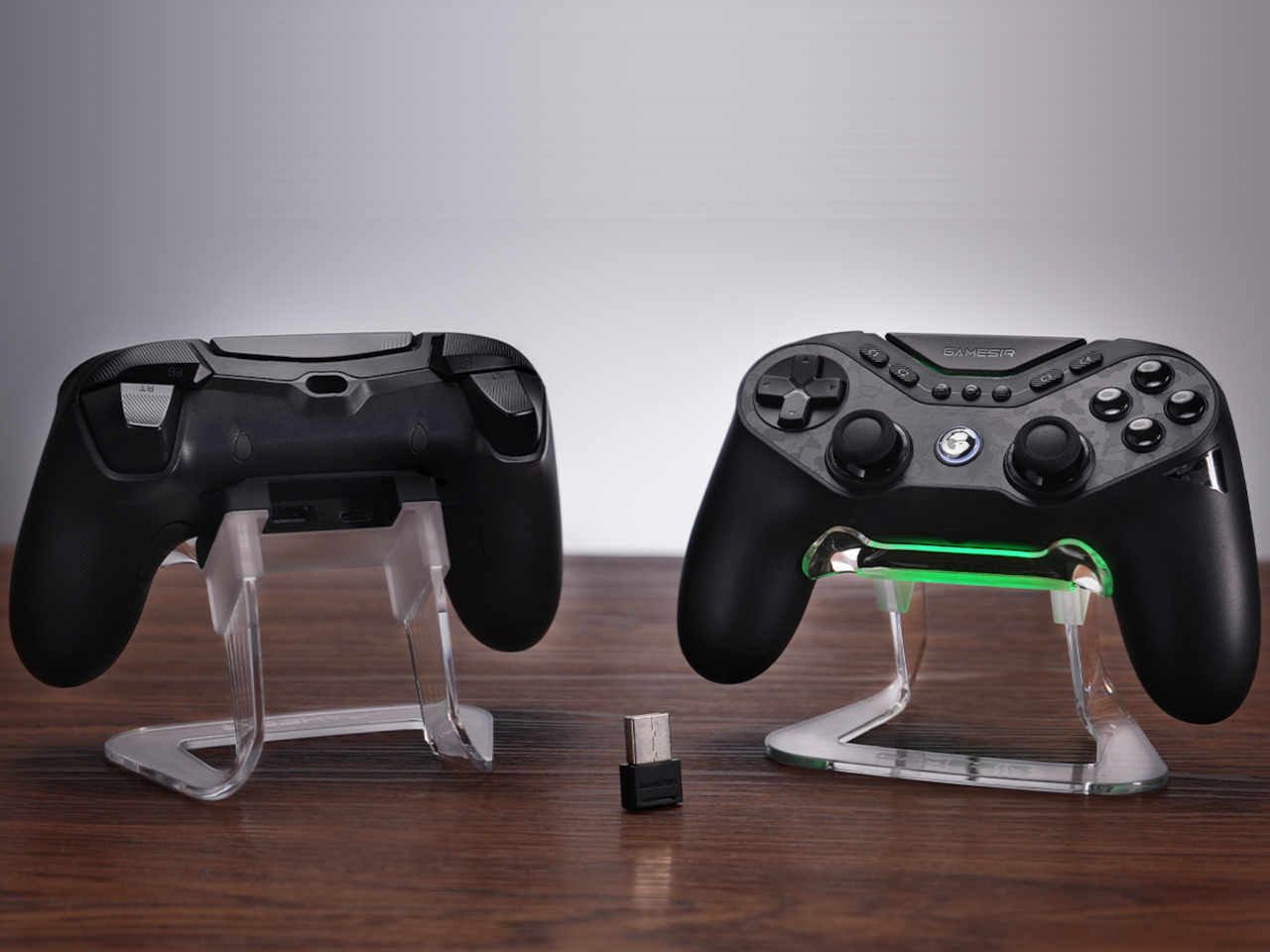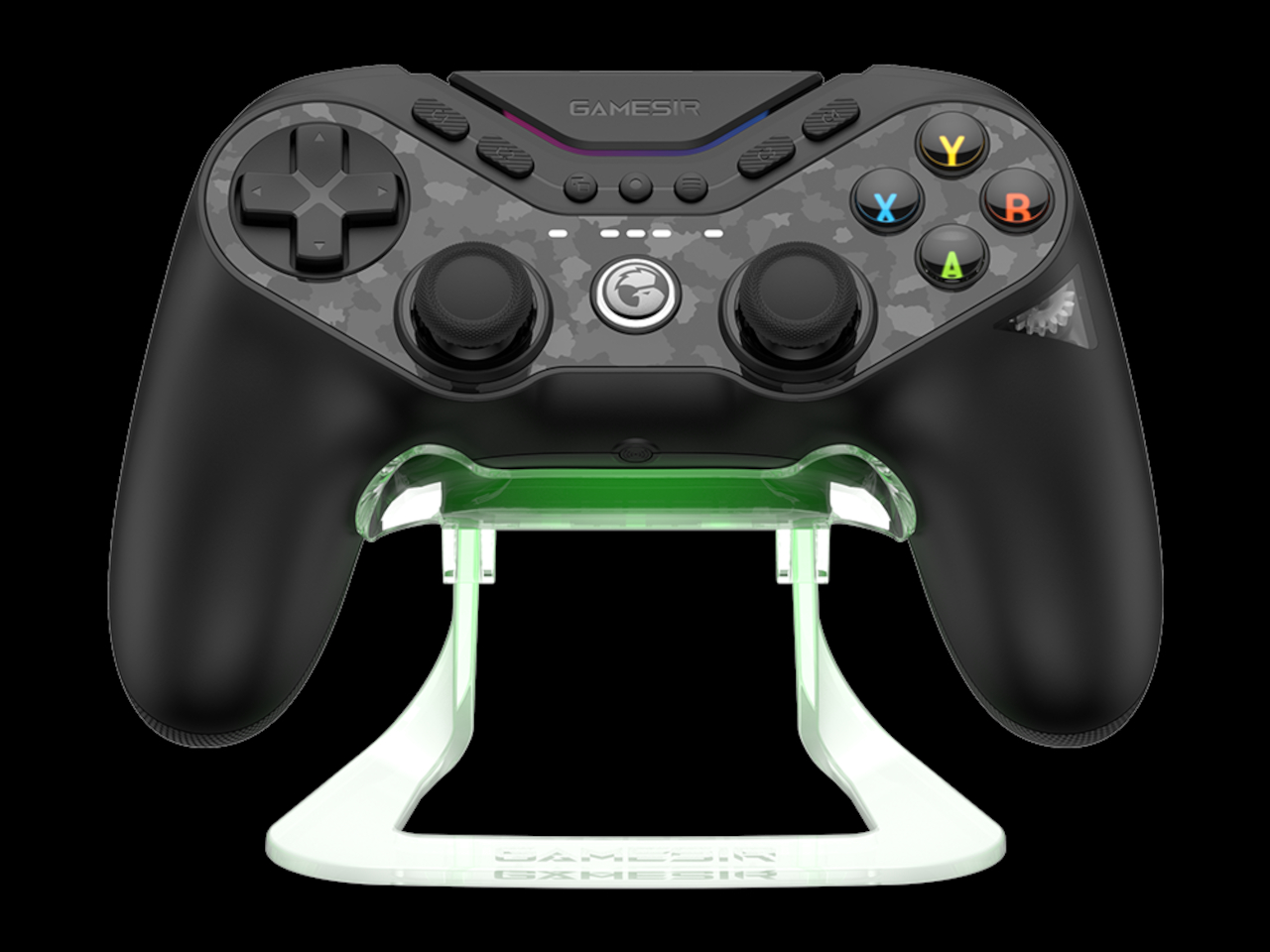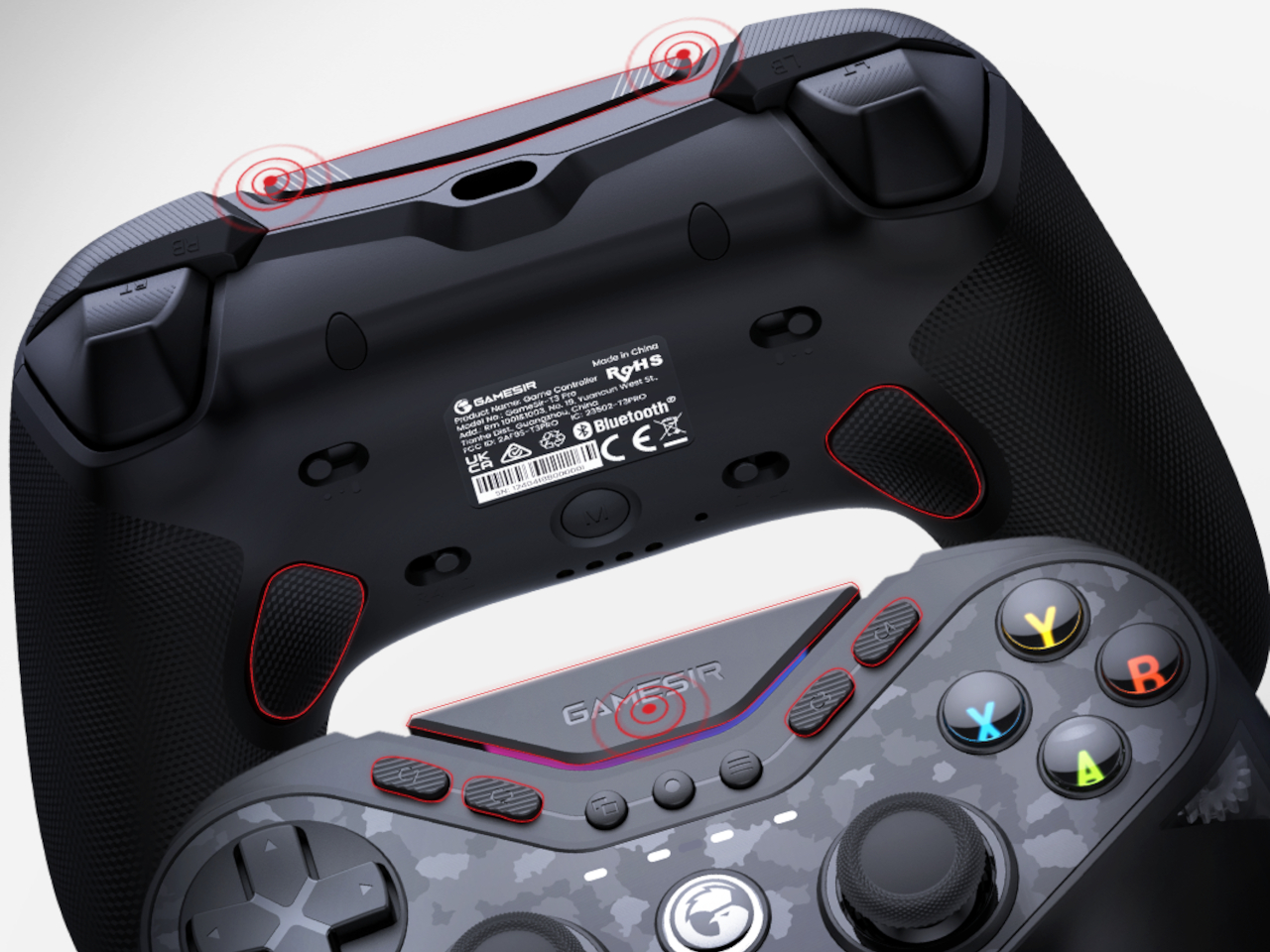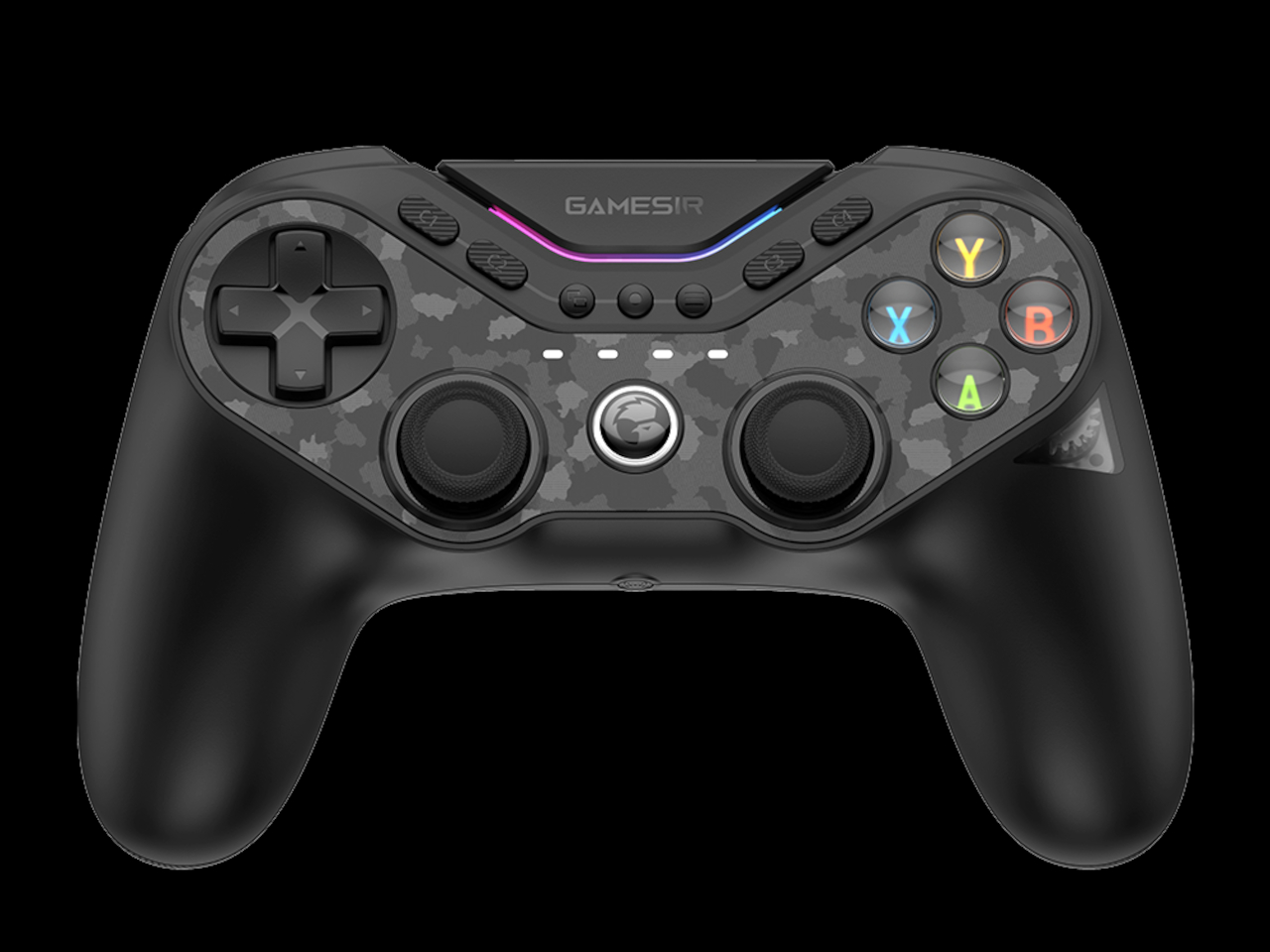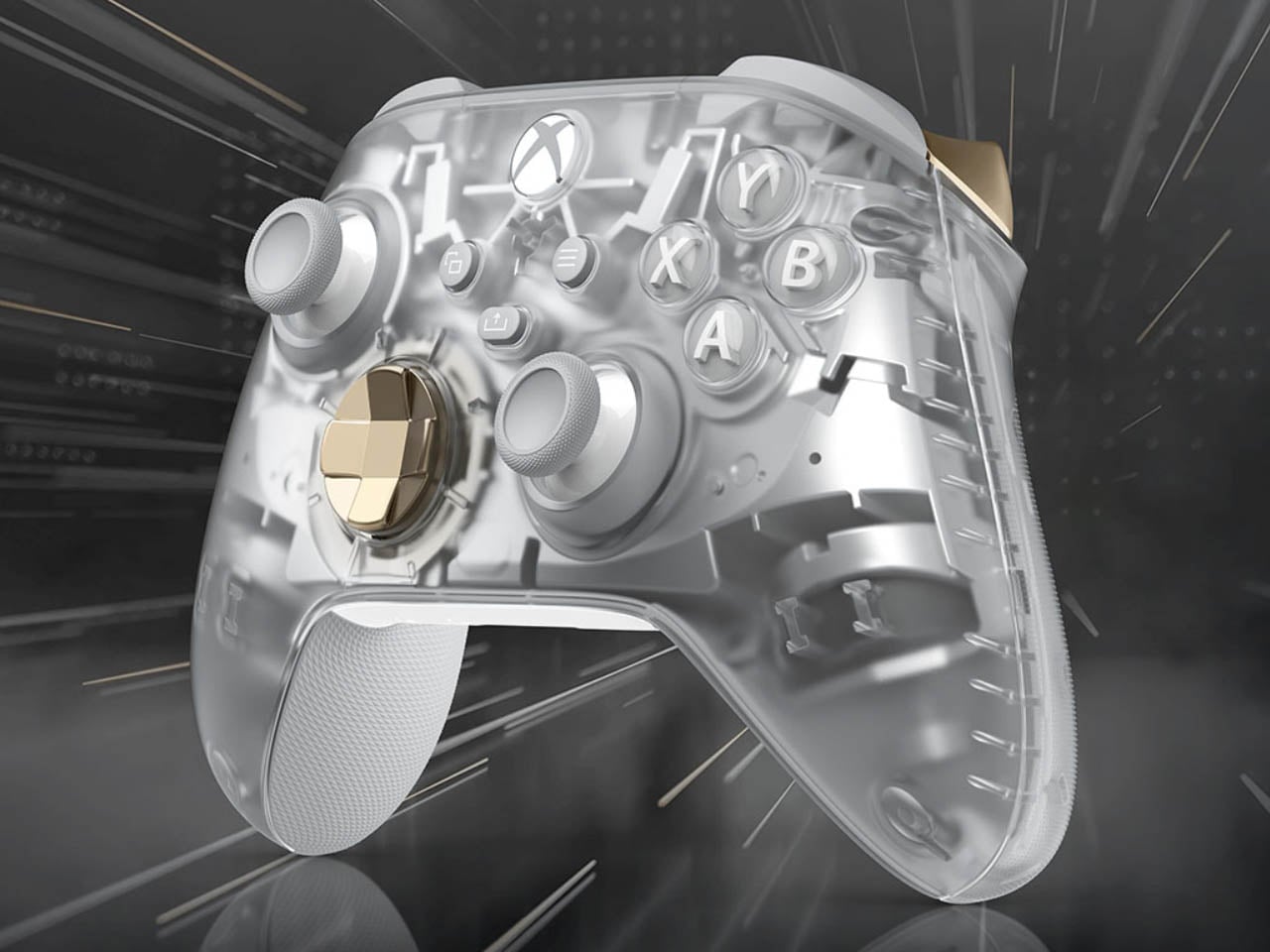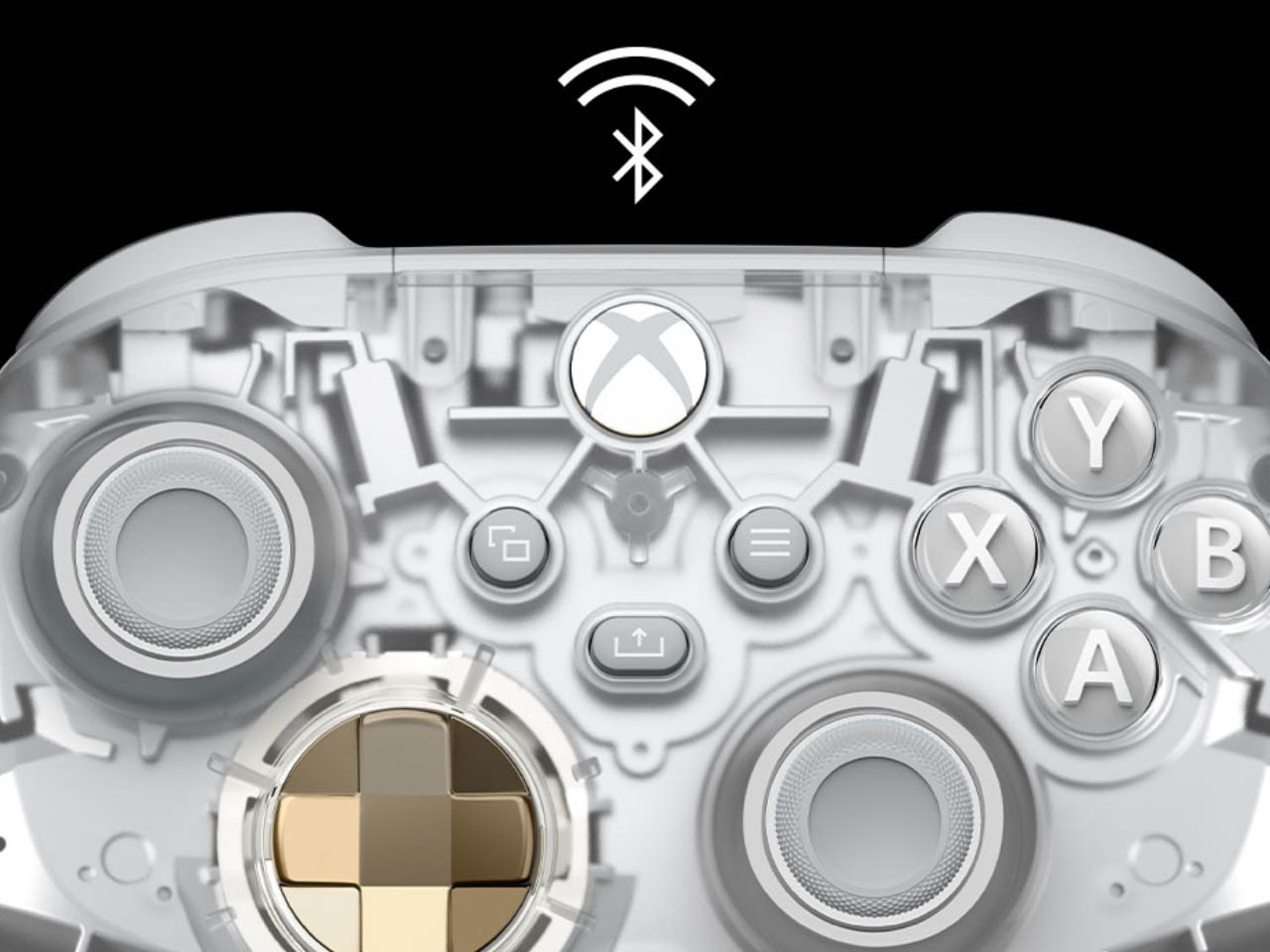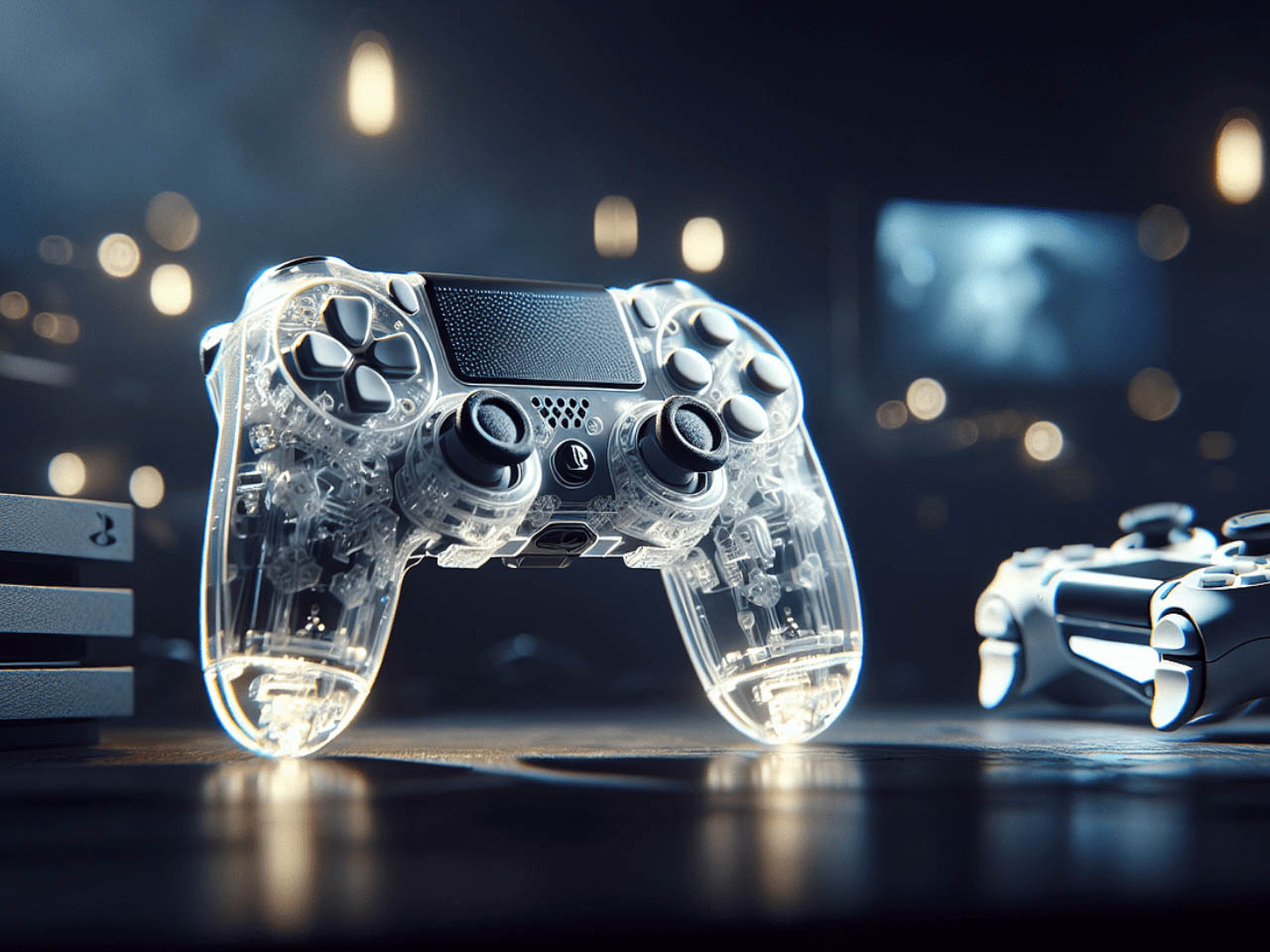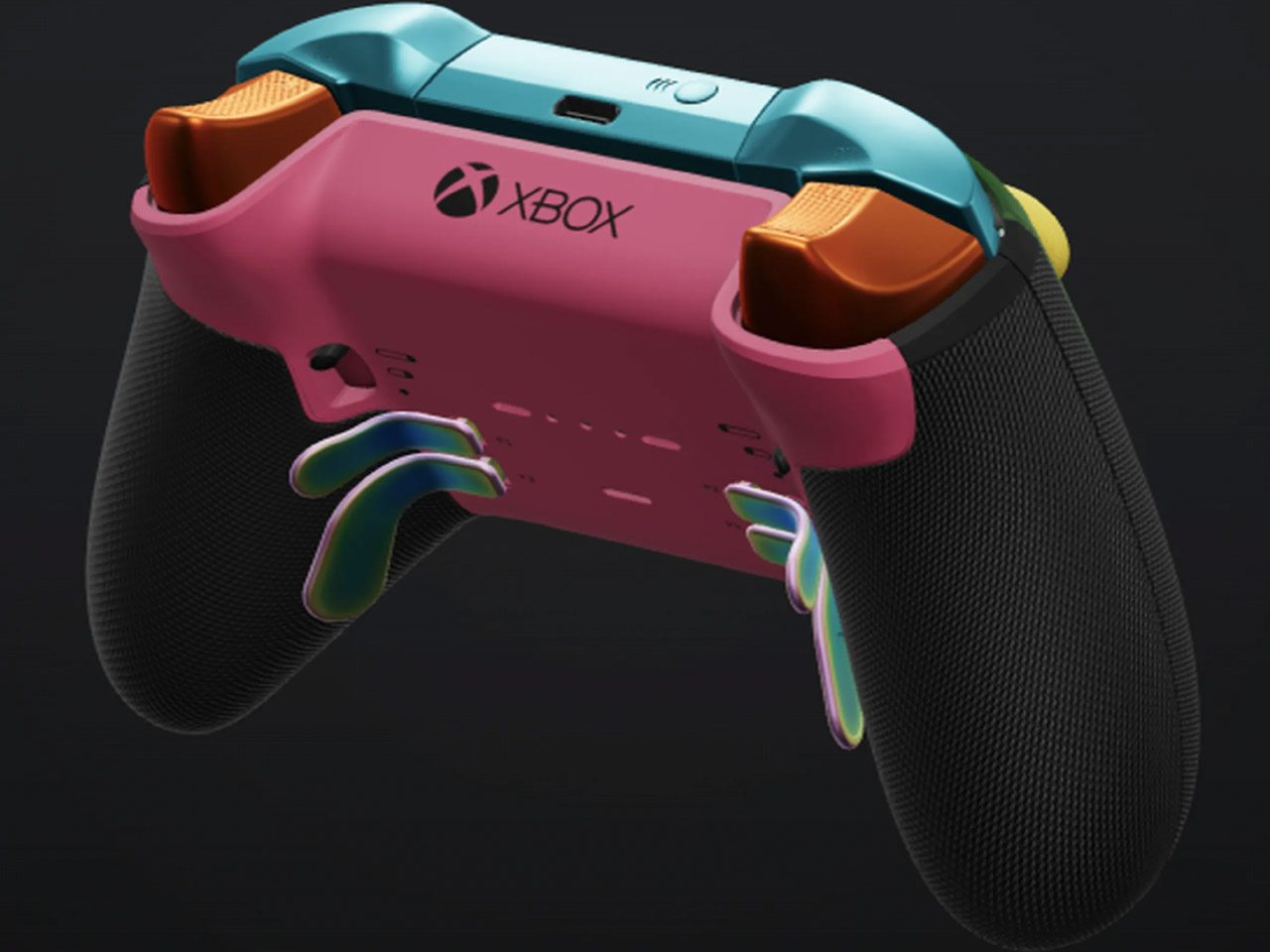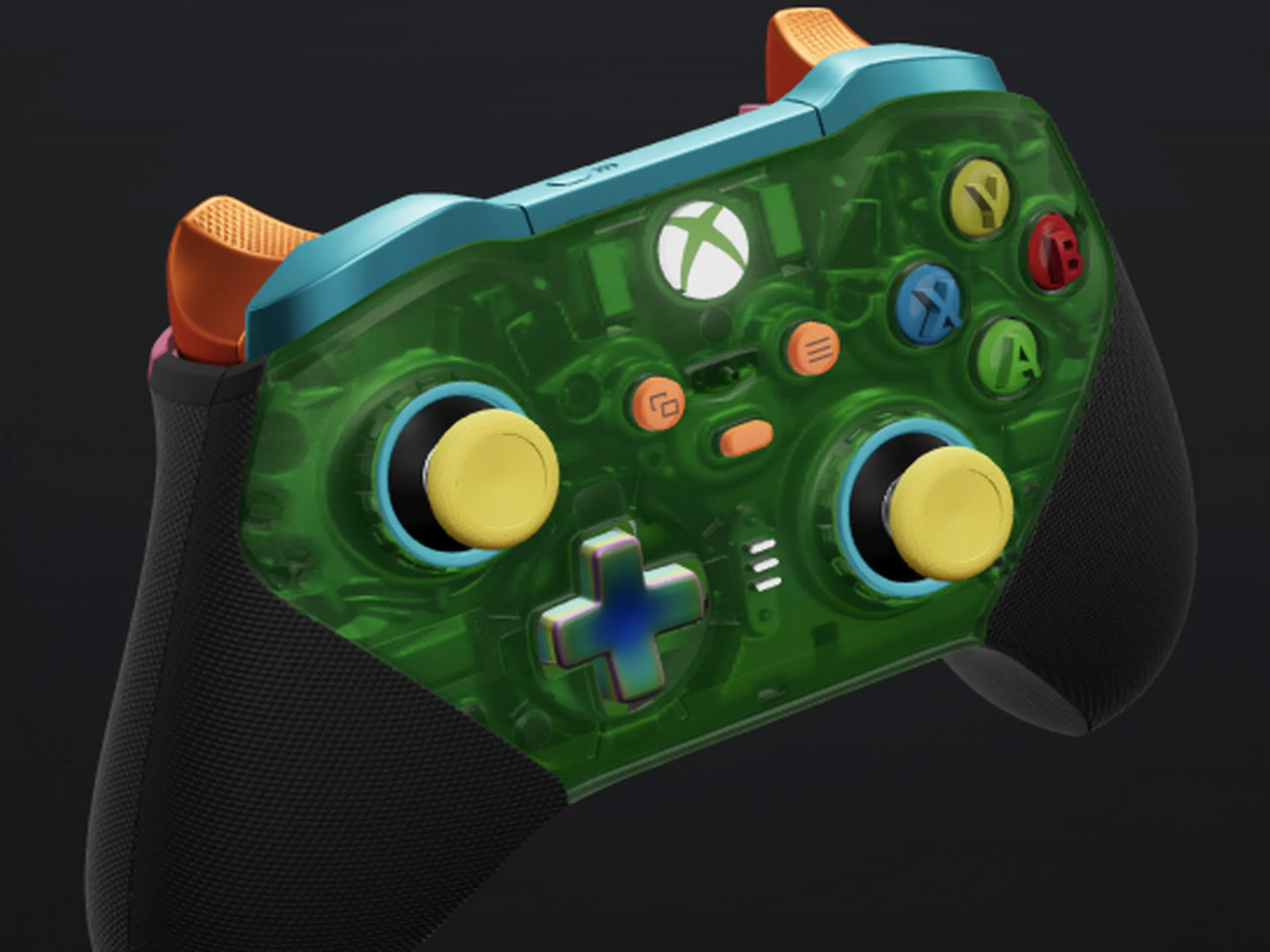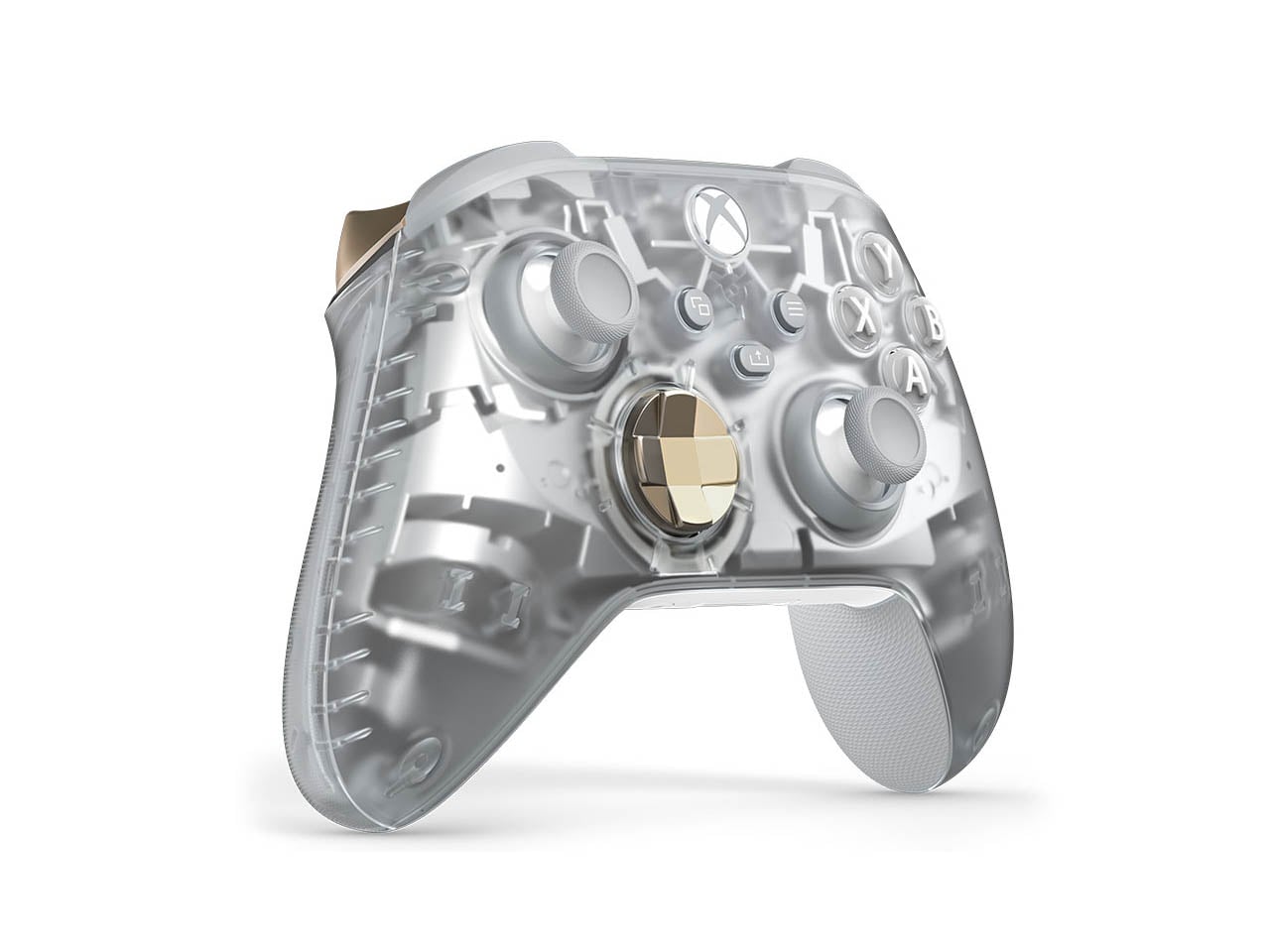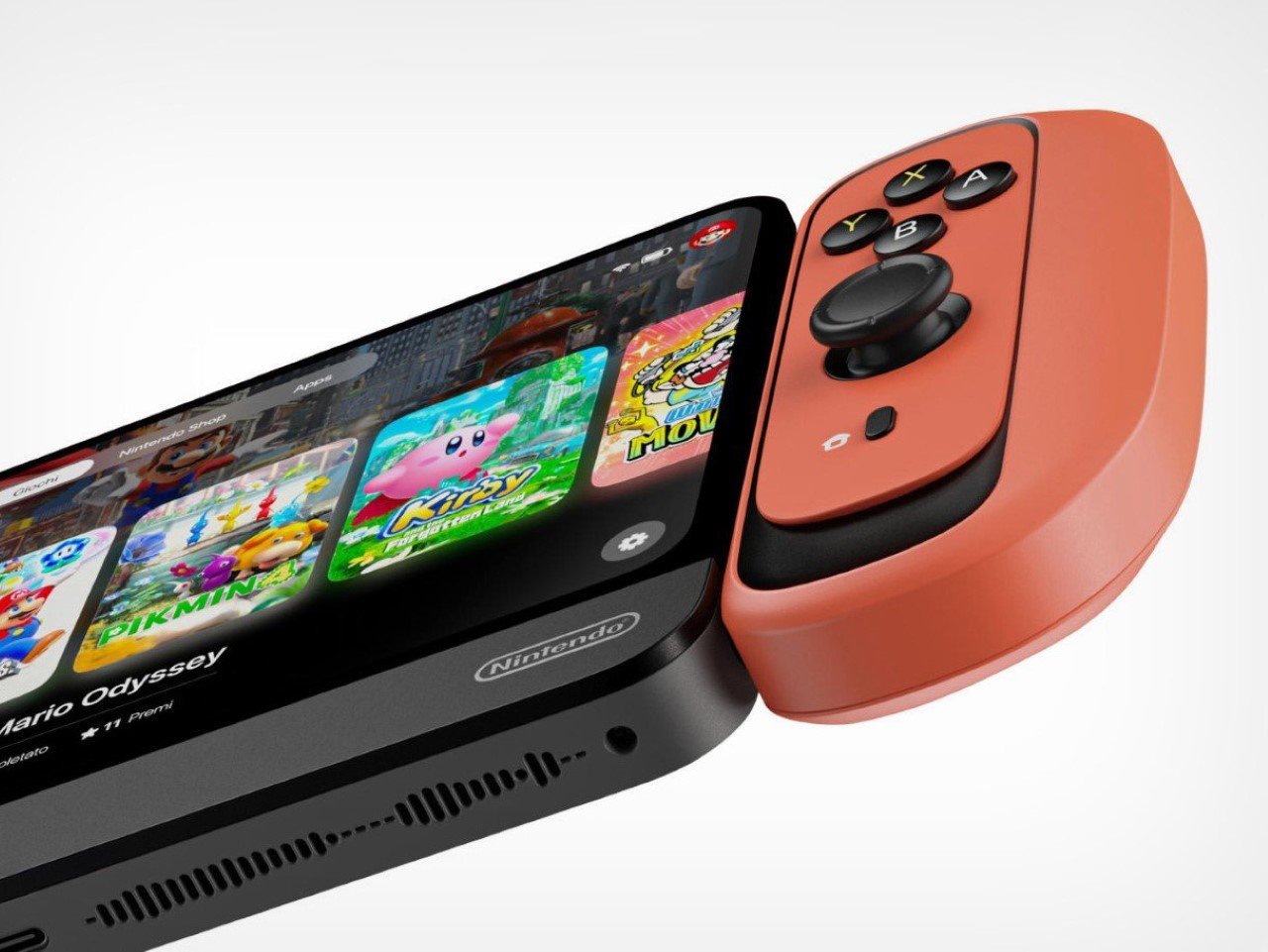
Rumor has it that Nintendo is finally set to unveil the long-awaited Switch 2. If rumors from PH Brazil (a fairly credible source) are to be believed, we might see an official announcement within the next few days—possibly as early as Monday or Tuesday. Nintendo’s silence on the matter has only amplified speculation, with the gaming community eagerly piecing together hints from any credible leak. And while Nintendo confirmed that their next-generation console would arrive “within this fiscal year,” they’ve kept other details under lock and key, leaving fans in a swirl of speculation.
So, why now? Nintendo has an investor meeting on November 5, and word has it that their current lineup may not be enough to impress stakeholders. A Switch 2 announcement, strategically placed before this meeting, could reinvigorate investor interest and affirm Nintendo’s commitment to the next chapter of handheld gaming. This timeline has driven speculators to suggest that Nintendo might be gearing up for a surprise reveal, hoping to make waves in an industry where rivals like the Steam Deck and Asus ROG Ally are gaining ground.

But don’t start celebrating just yet. Even with leaks buzzing around, Nintendo has a history of playing by its own rules. Previous product reveals have shown Nintendo’s knack for timing announcements when fans least expect it. They’ve defied industry norms before, so it’s entirely possible they’ll keep fans in suspense for longer. That said, the recent online frenzy surrounding the Switch 2 has taken on a life of its own, fueled by social media chatter and updates from other reputable leakers. For fans, each tweet or cryptic profile update becomes a breadcrumb in the hunt for clues.
Assuming the rumors are accurate, what could the Switch 2 bring to the table? While no specs have been confirmed, leaks hint at design enhancements and potential performance upgrades that could set it apart from the original Switch and put it toe-to-toe with competitors. Some speculate a larger, high-resolution display; others suggest faster processors and better graphics capabilities to support Nintendo’s growing library of high-demand titles. If this device lives up to even half of what’s rumored, it could well mark a new era in Nintendo’s handheld dominance.

The stakes are high for Nintendo. The current Switch’s momentum is slowing, with handheld gaming increasingly defined by feature-rich, high-performance devices. For Nintendo, introducing a true next-gen handheld means more than just keeping pace; it means reminding the world why they still set the gold standard in portable gaming. Whether it’s a quiet drop or a full-throttle reveal, the question isn’t if the Switch 2 will make waves — it’s how big they’ll be when it finally hits the water.
Until Nintendo confirms anything, fans remain caught between hype and caution. The possibility of a major reveal has the gaming world on edge, but as always with Nintendo, only time will tell.

Images via Salvo Lo Cascio & Riccardo Cambò Breccia
The post Nintendo Switch 2 could launch before November 5th, says a reliable source first appeared on Yanko Design.




















